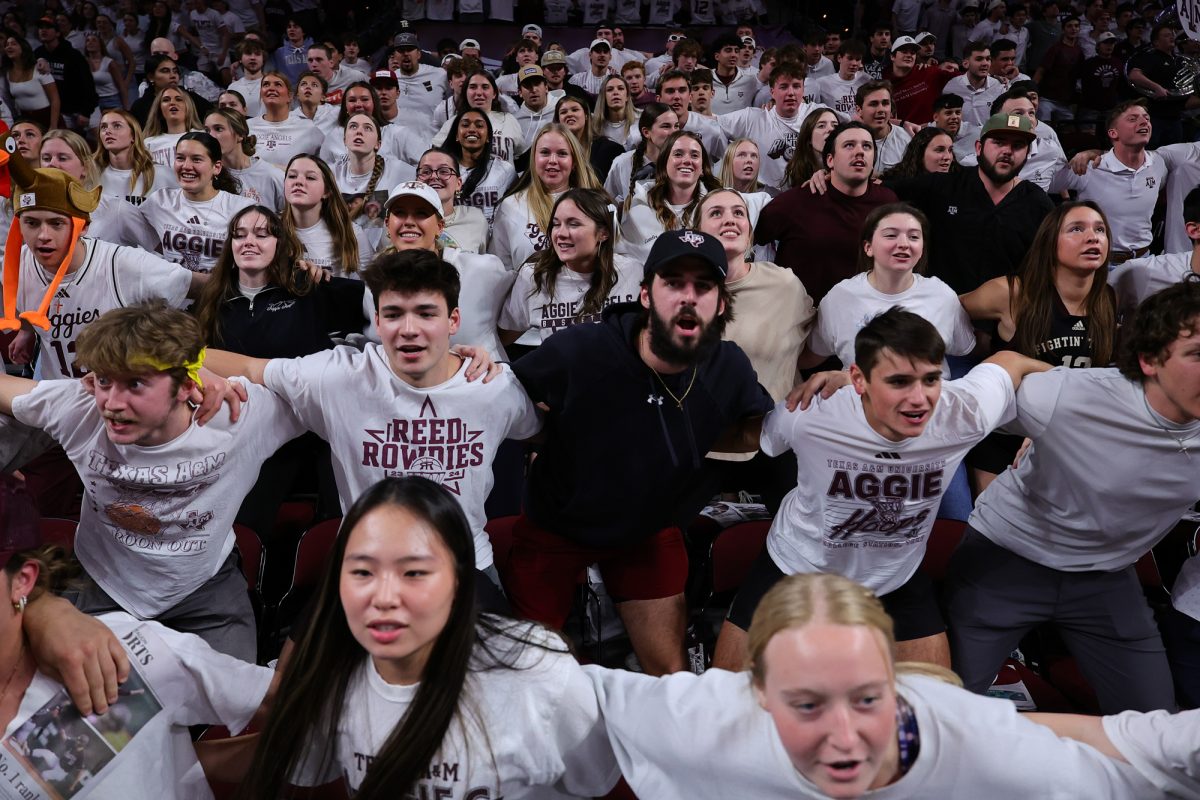Since the surge of football’s popularity in the 1980s, fans have searched for new avenues to watch more football. The growth of demand for offseason events such as the NFL Combine, the NFL Draft and the expanded coverage of high school and collegiate football nationwide has fans more attached to the sport than ever before.
Even as football has grown, fans still want a satisfying spring football league. With the NFL and college football dominating the fall, many entrepreneurs have attempted to replicate the popularity of the NFL in the spring season. Though each league provided modest success, including the United States Football League (USFL) signing Hall of Fame talents Reggie White and Jim Kelly, all of them folded a few years into their existence.
When they organized the first XFL, it felt like owner Vince McMahon was trying to bring the showmanship of WWE to the NFL, flashing style over substance. While the XFL was not without its merits, it always felt like a fad, a way to spice up the boring NFL rather than provide football. This evolution of the XFL’s purpose allows the league to function alongside the NFL, both as a developmental league and as a testing ground for new rules.
Over the last few years, there has been a resurgence of establishing spring football, including the launch of the American Alliance of Football (AAF) in 2019. Despite the promising start of the AAF, poor financial and business decisions, according to then-CEO Charlie Ebersol, led to the league ending less than a year into its existence. With the XFL attempting to fill that void, doubt has emerged over whether this version of a spring football league will last. After witnessing the first week of the XFL’s season, the XFL will succeed where other leagues have failed.
Even in its first week, the XFL has found an audience among football fans. The first televised XFL game on Saturday Feb. 8 drew 3.3 million viewers, according to ESPN. The Sunday Feb. 9 afternoon XFL game had 2.5 million viewers, according to ESPN. These numbers aren’t comparable to NFL viewership, which averaged 16.7 million viewers per game in 2019, according to Nielsen. However, they are larger than any other American sport this week.
Unlike the AAF, XFL games will be shown on ABC, ESPN and FOX all season, and each game sold more than 17,000 tickets. These reported numbers, including TV viewership, show that despite the failed promises of several spring football leagues, including the original XFL, fans love the idea of spring football.
While the XFL will not match the quality of NFL games, the football on display was both familiar and fun to watch. Players like Houston’s P.J. Walker highlighted the league’s potential in week one, showcasing Patrick Mahomes-like playmaking. Being able to replicate that competitiveness will be key for the XFL going forward.
But most importantly, the thing that should give confidence in the XFL’s success is the league’s robustness from a business perspective. The AAF ran into severe financial crises during its first season, as Ebersol told CBSSports.com. These issues, caused by a lack of funding and poor management decisions, ended in the league filing for bankruptcy after eight weeks. Similar financial choices, including a decision by Donald Trump to shift games into the fall, resulted in the closing of the USFL after just three seasons.
Comparably, the XFL has demonstrated substantial financial capital and smart business decisions. McMahon is worth an estimated $2 billion and has pledged over $500 million of his fortune to the league, according to Fox Business’ Thomas Barrabi. With McMahon as the financial provider, the XFL has placed business people with experience in the sports industry into leadership roles, including former NCAA executive Oliver Luck, ex-GM of the Bills Doug Whaley and former head of the World Series of Poker Jeffrey Pollack. Compared to the other spring football leagues, the XFL has a clear business advantage.
From what the new XFL has presented, it is impressive how successful the league appears. Time will tell if it sticks around longer than three seasons; however, with robust business implementations, a fanbase that is interested in the product and a philosophy that compliments the NFL, the XFL can succeed in 2020 and beyond.
Why the XFL will succeed where the AAF couldn’t
February 11, 2020
Photo by via Facebook Page
Jackson King talks about why he believes the XFL is on its way to being a successful spring football league.
0
Donate to The Battalion
$2065
$5000
Contributed
Our Goal
Your donation will support the student journalists of Texas A&M University - College Station. Your contribution will allow us to purchase equipment and cover our annual website hosting costs, in addition to paying freelance staffers for their work, travel costs for coverage and more!










